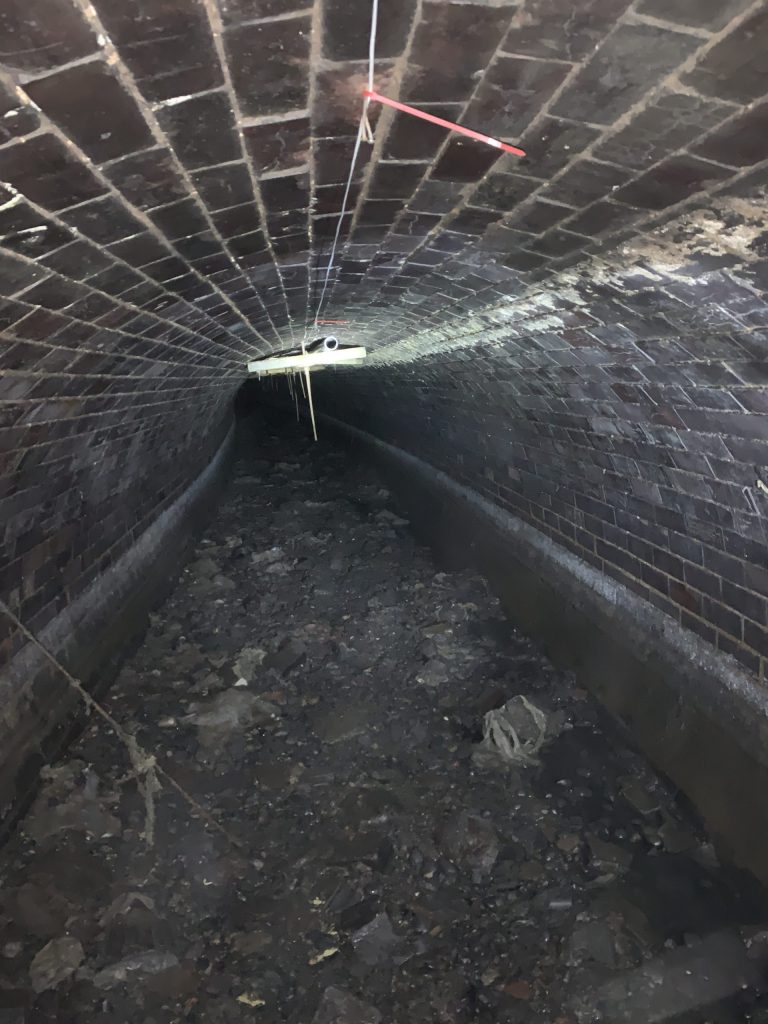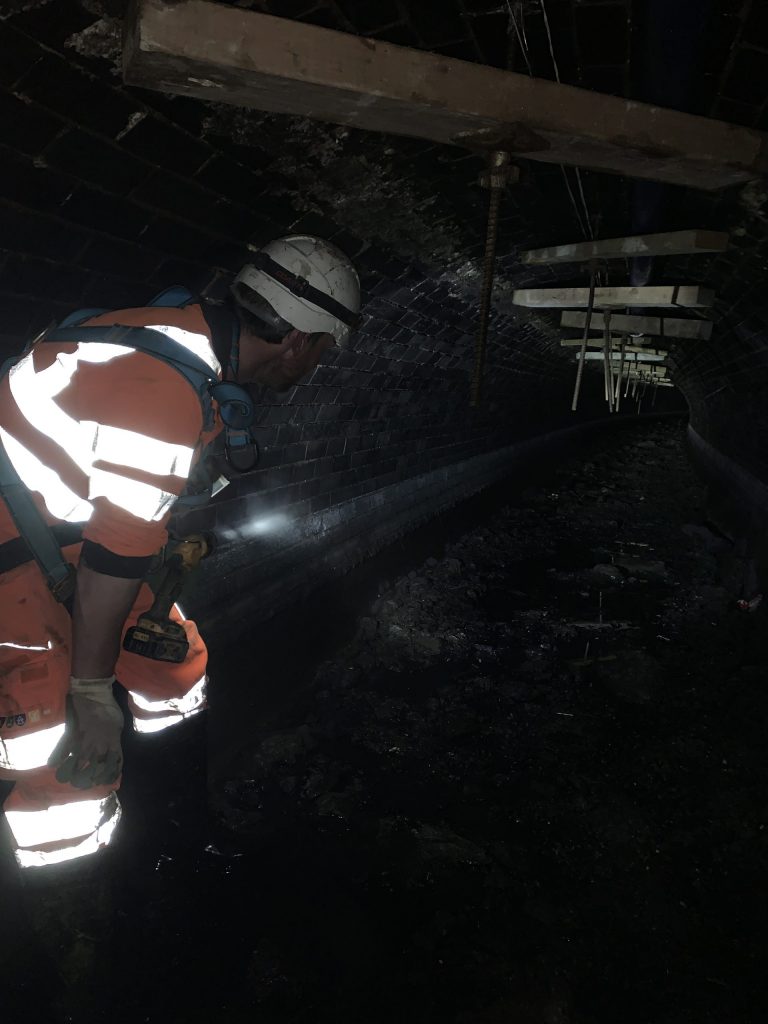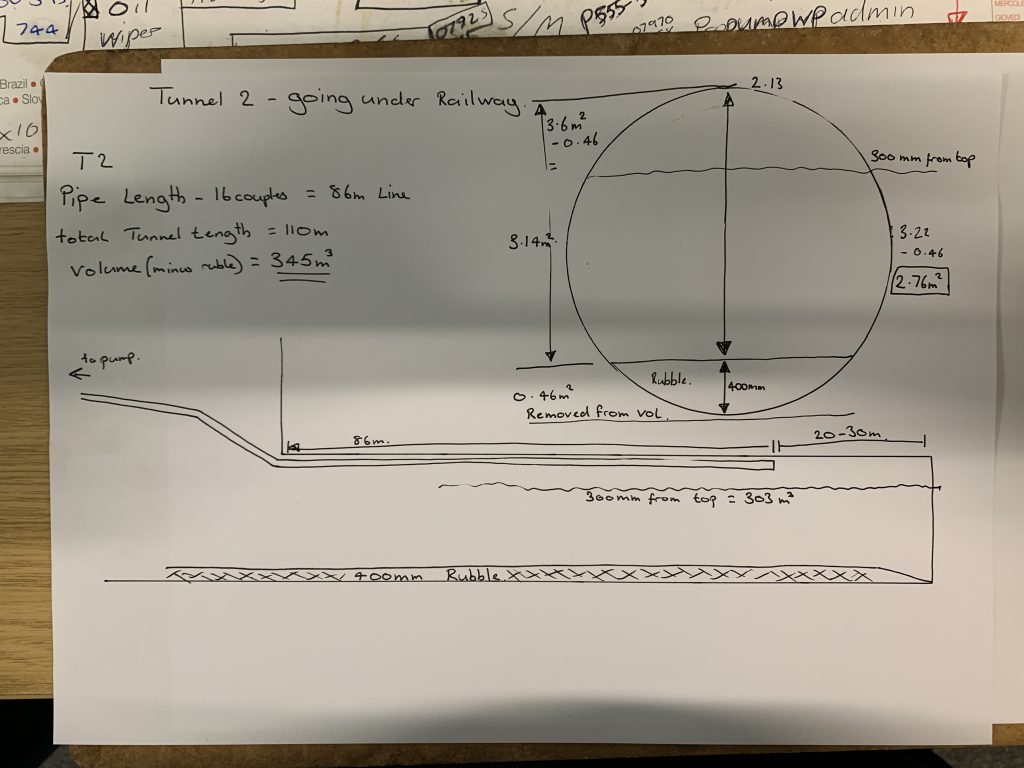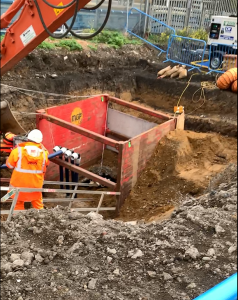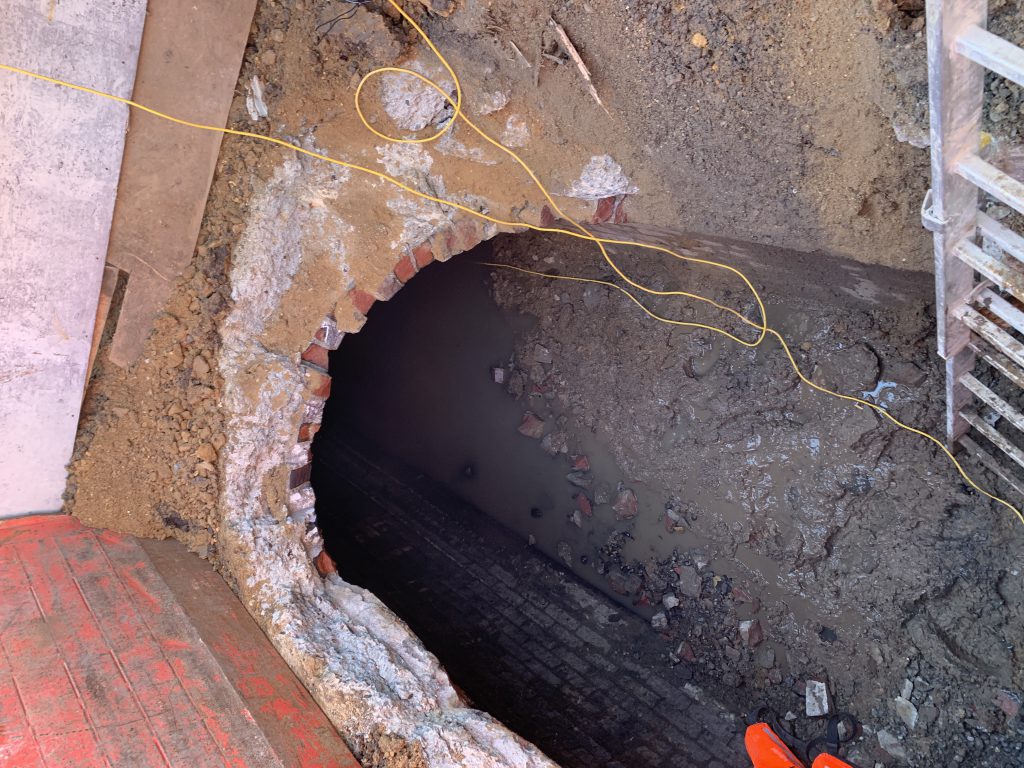The network of Brick-lined sewers, built in the late 1800’s has served the population of London for over 150 years. The original sewer system and network were designed when London had a population of less than 3 million. This doubled by 1900, and stood at about 9 million in 2020.
The Victorians made the sewers larger, to accommodate future growth, they also used Portland cement, which was new at the time but has become the industry standard for making durable, and strong, waterproof structures (concretes mortars etc.).
The original system was built to high standards and has lasted remarkably well. However, the system was never equipped to deal with the volume of effluent, or the additional cooking and sanitary waste that now gets flushed or tipped into the drains. Not to mention the fact that it initially just dumped the waste into the Thames, just a bit further downstream. It’s worth noting that since the 1870’s the system has grown to include integrated sewage treatment plants.
London has grown and continues to grow. Within and around its perimeter, old factories or industrial areas have been cleared. Developers are building apartments, estates and housing complexes to accommodate the need for housing around London as the rate of Urban sprawl increases.
Modern high-rise complex’s require significant structural underpinning, either with deep foundations, or more commonly a ring of deep concrete piles. they also require large drains and need to be connected to the main network. To construct these buildings, existing services and utilities are often diverted and new segments are added into the existing network. Especially if the piles need to be placed directly on the site on the old brick sewer.
For the piling to commence, the first the sewer had to be removed, or filled. the piling machines would not be able to place piling material if it kept spewing out into the sewer. The site sits right next to Network Rail lines and land, the sewer went right under 8 rail lines, so excavation and removal was not an option. Foamed concrete was a cost and time effective solution to fill the large subterranean void, the high expansion of foam allowed 15m3 to be placed for each 6m delivery. And the old section of line to be decommissioned in a matter of days.
JBDS Ltd supplied us with drawings of the redundant sewers and following conversations with the design team and after several site visits PROPUMP ENGINEERING LIMITED were able to specify and supply a material and method of filling that allowed the redundant sewers to be filled blind from one end whilst air was purged back out via several breather pipes.
The Brick sewer was 350 metres long, and had a diameter of 1.8 metres, 150 metres of it ran under the network rail train lines. We placed approximately 800 cubic metres in 6 days.
Thanks to Capital Concrete and everyone at the Silvertown plant who supplied our base material and ultimately helped us meet our customers expectations.
Our relationship with both our clients and our suppliers is what allows us to not only meet but exceed expectations each and every time.




